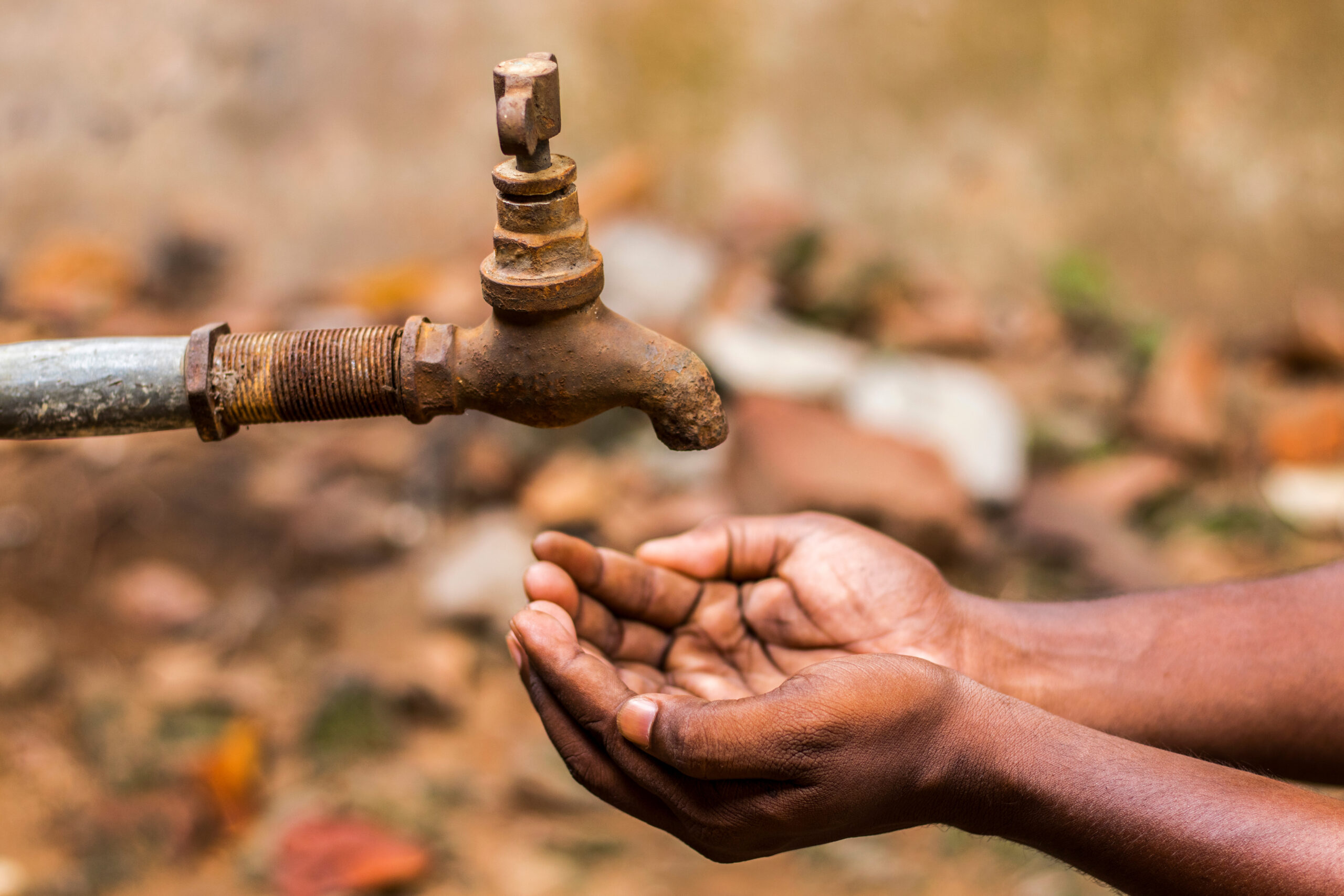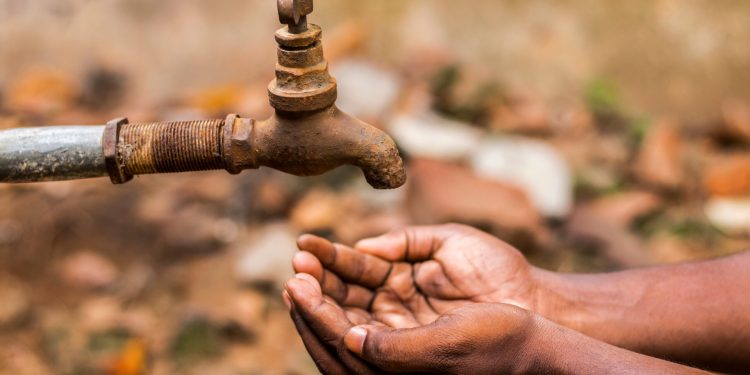
India’s worsening water shortage crisis can adversely impact the nation’s credit health while sparking social unrest and exacerbating the volatility in its economic growth, rating agency Moody’s Ratings said in a report on Tuesday.
Further, decreases in water supply can disrupt agricultural production and industrial operations, resulting in inflation in food prices and hence can be detrimental to credit health of sectors that heavily consume water, such as coal power generators and steel-makers, it said.
The report comes at a time many of India’s urban centers are battling acute water shortage.
These include its national capital New Delhi, as well as the tech hub of the country- Bengaluru- which hosts India’s $194 billion information technology (IT) services industry, and houses offices of global giants like Google, Walmart, etc.
Scale of the crisis
India’s average annual water availability per capita is likely to drop to 1,367 cubic meters by 2031 from an already-low 1,486 cubic meters in 2021, Moody’s warned, citing Indian union ministry of water resources data.
A level below 1,700 cubic meters indicates water stress, with 1,000 cubic meters being the threshold for water scarcity, it said.
India is one of the sovereigns that are the most vulnerable to risks associated with water management, the report said.
It also has the poorest access to basic services including water among G-20 economies, a key component for an assessment of the credit impact of ESG factors, it said.
Rapid industrialisation and urbanisation to reduce water availability
India’s fast economic growth, accompanied by rapid industrialisation and urbanisation, will reduce water availability in the world’s most populous country, the report said.
The country has substantial potential for industrial and urban growth, with the industrial sector contributing 25.7% to GDP in 2022, lower than the G-20 emerging market median of 32%, as reported by the World Bank.
Additionally, “urban residents accounted for only 36% of the total population in 2022, a figure expected to rise considering the G-20 emerging market median of 76%.”
The trend will heighten competition for water resources among businesses and residents, the report cautioned.
Sectors to get affected the most
The agricultural sector consumes the most water and is the largest hirer in India. Changing rainfall patterns and reductions in water availability will make farmers and lower income communities increasingly vulnerable to unexpected drops in production, which will reduce their income, while inflating food prices and increasing social discontent.
In the industrial sector, coal power generators and steel-makers heavily depend on water for production and growing water shortages can disrupt their operations and hamper their revenue generation, eroding their credit strength, according to Moody’s.
Generally, coal power plants are among the largest industrial consumers of water due to their reliance on water for cooling and steam generation.
“As water shortages worsen, coal power plants in water-stressed areas can face operational disruptions during droughts when securing water for drinking becomes a higher priority than supplying water for businesses, ” it added.
Tackling of the issue
Moody’s said the Indian government is investing in water infrastructure and making a push for the development of renewable energy.
At the same time, heavy industrial consumers of water are looking to improve the efficiency of their water use.
These efforts can help reduce water management risks for both the sovereign and the companies in the long term, it said.
“The sustainable finance market in India is small but developing fast. It can provide companies and regional governments with a critical avenue to raise funds. Some states facing severe water shortages have used the sustainable finance market to raise funds for investment in water management,” Moody’s said.
The post India’s water shortage can hit its credit health, spark social unrest: Moody’s appeared first on Invezz













